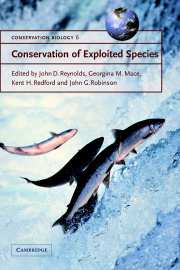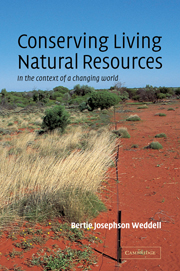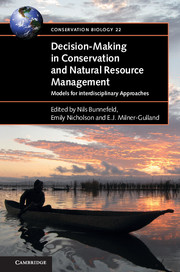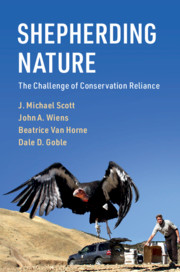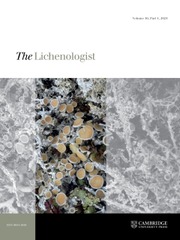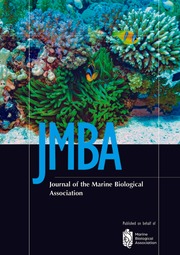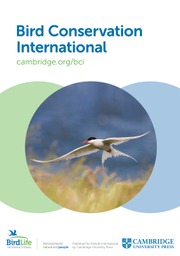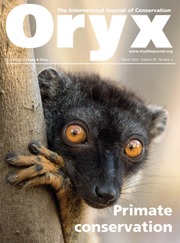Conservation of Exploited Species
The use of wildlife for food and other human needs poses one of the greatest threats to the conservation of biodiversity. Wildlife exploitation is also critically important to many people from a variety of cultures for subsistence and commerce. This book brings together international experts to examine interactions between the biology of wildlife and the divergent goals of people involved in hunting, fishing, gathering and culling wildlife. Reviews of theory show how sustainable exploitation is tied to the study of population dynamics, with direct links to reproductive rates, life histories, behaviour and ecology. As such theory is rarely put into practice to achieve sustainable use and effective conservation, Conservation of Exploited Species explores the many reasons for this failure and considers remedies to tackle them, including scientific issues such as how to incorporate uncertainty into estimations, as well as social and political problems that stem from conflicting goals in exploitation.
- Covers basic ecological principles to new theoretical advances
- Explores diverse viewpoints in a controversial subject
- Contains contributions from leading international experts and a foreword by Sir Robert May, President of The Royal Society and former Chief Scientific Advisor to the UK Government
Reviews & endorsements
"Conservation of Exploited Species is sure to become a landmark in the sometimes-quixotic search for sustainable ways of exploiting nature." Biodiversity
"Well written..." Natural Areas Journal
"Conservation of Exploited Species is sure to become a landmark in the sometimes-quixotic search for sustainable ways of exploiting nature." Biodiversity
"...this book [is] a very useful resource on the topic of sustainable use and the problems of determining a maximum sustainable yield for exploited species....Introductory and concluding essays by the editors provide some synthesis to the divergent viewpoints presented in the articles," Choice
"...this is an important book and can be considered required reading for conservation biologists and highly recommended for applied ecologists and biological managers. It also covers enough socio-political and economic issues that many others...will find it informative. This book is a valuable edition to conservation policy studies..." Ecology
"Appropriate for advanced undergraduates. An essential reference for researchers involved in conservation biology." Northeastern Naturalist
"Even though this book is meant for biology students, it has much to interest anyone working in wildlife conservation." The Canadian Field-Naturalist much to interest
"Very informative." Canadian Society of Environmental Biologists
Product details
November 2001Hardback
9780521782166
546 pages
234 × 156 × 30 mm
0.94kg
68 b/w illus. 31 tables
Available
Table of Contents
- List of contributors
- Foreword Sir Robert May
- Part I. Setting the Scene:
- 1. Exploitation as a conservation issue Georgina M. Mace and John D. Reynolds
- 2. Can we exploit sustainably? Donald Ludwig
- Part II. Population-Based Approaches:
- 3. The gospel of maximum sustainable yield in fisheries management: birth, crucifixion and reincarnation André E. Punt and Anthony D. M. Smith
- 4. Sustainable exploitation of fluctuating populations Russell Lande, Bernt-Erik Sæther and Steinar Engen
- 5. The exploitation of spatially structured populations E. J. Milner-Gulland
- 6. The conservation of exploited species in an uncertain world: novel methods and the failure of traditional techniques Paul R. Wade
- Part III. Taxonomic Comparisons:
- 7. Life histories of fishes and population responses to exploitation John D. Reynolds, Simon Jennings and Nicholas K. Dulvy
- 8. Mammalian life histories and responses of populations to exploitation Andy Purvis
- 9. Trade of live wild birds: potentials, principles, and practices of sustainable use Steven R. Beissinger
- 10. Game vertebrate extraction in African and Neotropical forests: an intercontinental comparison John E. Fa and Carlos A. Peres
- 11. Lessons from the plant kingdom for conservation of exploited species Charles M. Peters
- Part IV. From Individuals to Communities:
- 12. The role of behaviour in studying sustainable exploitation William J. Sutherland and Jennifer A. Gill
- 13. The Allee effect: a barrier to recovery by exploited species Christopher W. Petersen and Don R. Levitan
- 14. Life histories and sustainable harvesting Hanna Kokko, Jan Lindström and Esa Ranta
- 15. Phenotypic and genetic changes due to selective exploitation Richard Law
- 16. An ecosystem perspective on conserving targeted and non-targeted species Michel J. Kaiser and Simon Jennings
- 17. The half-empty forest: sustainable use and the ecology of interactions Kent H. Redford and Peter Feinsinger
- Part V. Conservation Meets Sustainable Use:
- 18. Sustainable use and pest control in conservation: kangaroos as a case study Gordon C. Grigg and Anthony R. Pople
- 19. Conservation and resource use in arctic ecosytems Anne Gunn
- 20. Conservation out of exploitation: a silk purse from a sow's ear? Jon Hutton and Barney Dickson
- 21. Getting the biology right in a political sort of way Steven Sanderson
- Part VI. Final Thoughts:
- 22. Using 'sustainable use' approaches to conserve exploited populations John G. Robinson
- Index.

